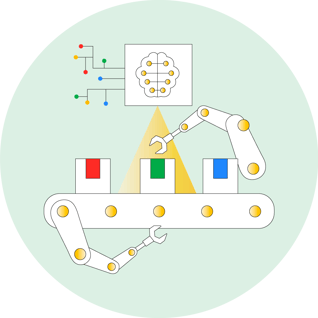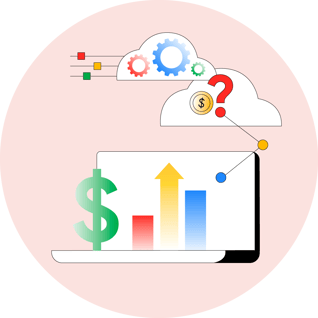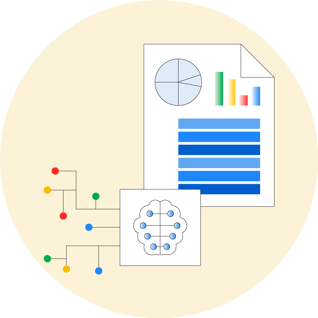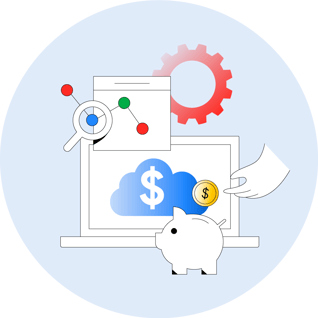Cloud computing is changing the world, and Google Cloud is a leader in this exciting field. But what do the people who use Google Cloud every day have to say about it? This report dives deep into the minds and experiences of real Google Cloud users, bringing you:
This report isn't just data—it's a map for navigating the exciting world of Google Cloud. Whether you're a developer building the next big app, an IT leader seeking to optimize your cloud strategy, or simply someone curious about the future of technology, you'll find valuable answers and fresh perspectives within these pages.

01
The AI boom is real: our 2022 study predicted a substantial increase in the use of AI and ML in 2023. Companies are now grappling with rising expectations for end-user AI integration and AI and ML application projects, also priming the utilization of AI accelerators in the future.
However, a disquieting trend has emerged: despite this widespread adoption, most organizations are still playing catch-up when it comes to understanding AI, exacerbated by the explosive growth of generative AI in 2023. This knowledge gap presents a unique opportunity to offer support, as nearly all companies anticipate hurdles in generative AI development.

02
In 2023, companies are scaling tech faster than their budgets allow, with cost, scaling, and security emerging as top concerns. Plus, data privacy anxieties whisper around the newest player to the adoption game: generative AI. That said, those same companies could embrace AI tools for fraud detection and data augmentation, setting up growth catalysts needed to overcome these hurdles.
Respondents are also likely turning directly to their cloud providers for assistance with scalability, which is the leading reason for adopting their cloud service provider.

03
Generative AI has taken 2023 by storm, becoming an invaluable teammate for a surprising array of tasks like code writing assistance, learning new skills, and automating document generation or report writing.
But AI’s not just a helper—it’s an innovator! A striking 38% of respondents are actively building new generative AI products and services, with Google Cloud as the leading platform for deploying AI models, closely followed by OpenAI. The primary use case for exploring or implementing generative AI products and services is chatbots or virtual assistants, paving way for a future filled seamlessly with intelligent helpers.

04
Google Cloud users are most involved with software as a service (SaaS) development projects. The bulk of these projects are still concentrated for the computer software industry, but it no longer dominates projects as work has expanded at a similar proportion into the professional services and retail / e-Commerce industries.
Consistent with results from 2022, Google Cloud is the most used cloud provider followed by AWS. These providers also continue to be the most committed to open source. IBM Cloud / Watson were evaluated and decided against most by respondents. Google Cloud has seen the most substantial increase in investments over the past 12 months, mainly driven by the migration and scaling up of existing workloads in the cloud.
C2C is the only peer-to-peer community built to support, connect, and educate Google Cloud customers across regions and industries so they can better harness the power of the cloud—and each other—to solve their biggest challenges and drive innovation.
©2024 C2C Global. All rights reserved. Privacy Policy
20 N Wacker Drive • Suite 1810 • Chicago, IL • 60606